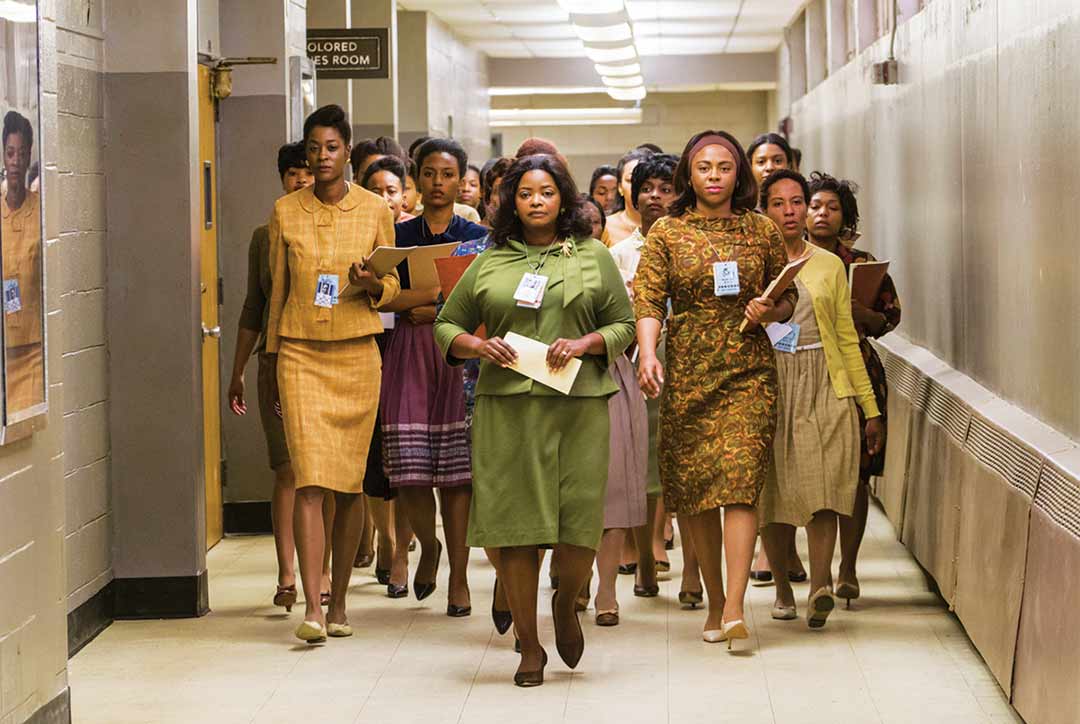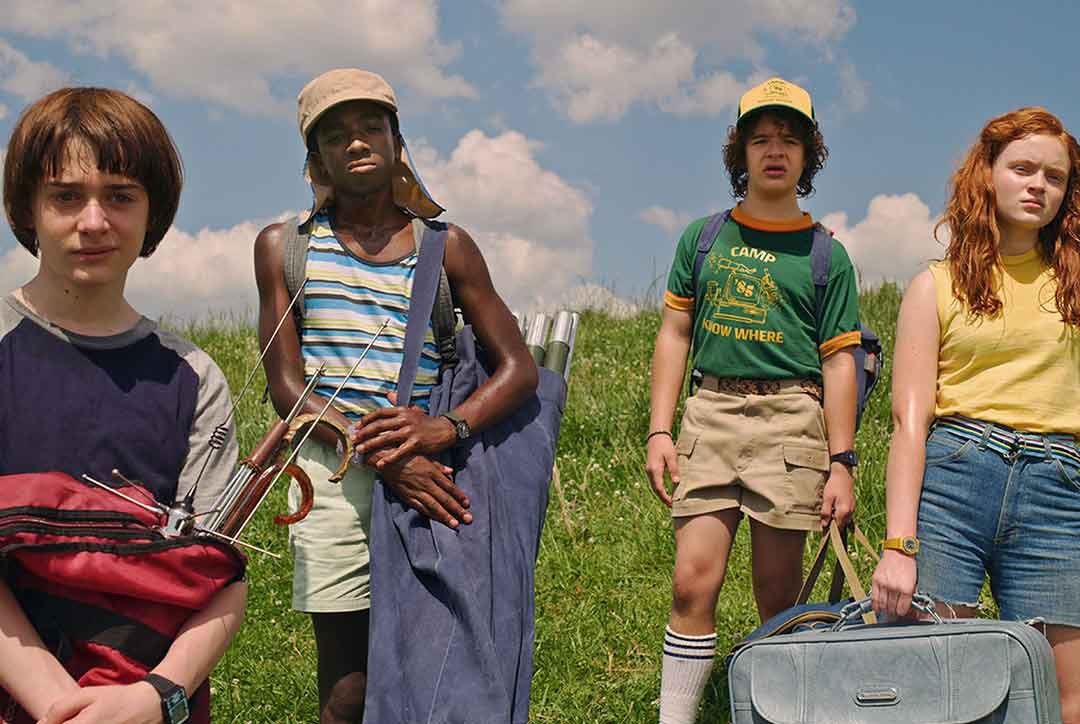Diversity without inclusion is tokenism, and it’s not where we want to go.
Oscars 2021: Our Predictions for What May Be The Academy’s Most Historic Ceremony
The media and film industry always make sensitive steps to address the issue of diversity that encompasses race, gender and age.
Recently, the 93rd Academy Awards made history. Oscars 2021 is the season with the most diverse set of winners and nominees. Although “diversity” in films and award shows are not enough—because it depends on what kind of diversity we’re talking about.
The media and film industry is always under scrutiny because they often fall into tokenism instead of achieving inclusiveness. Determining the fine line between inclusion and tokenism is to ask the right questions.
What are the differences?
First, let’s get the definitions out of the way. Diversity is understanding and recognizing uniqueness and differences. It encompasses acceptance and respect.

On the other hand, inclusion is to embrace all people despite differences. Its goal is to give equal access and opportunities to everyone. We can say that inclusion is the goal of diversity.
Now, tokenism is the practice of doing something only to prevent criticism and give the illusion of fairness. An example in films would be casting a person who belongs to a minority group as an illusion of diversity.
How does the film represent its characters?
The problem lies with representation whether the person from minority is a lead or supporting role.
It’s considered tokenism when the character from minority is either exoticized or stereotyped to the same kind of roles (like Middle-Easterns as terrorists).
A known example of tokenism in film is Lucas Sinclair (Caleb McLaughlin) in Stranger Things because of one obvious reason. He’s the only person of color in the group. Aside from that, what do we know about this colored character living in the 80s? Although there are some allusions to Billy Hargrove (Dacre Montgomery) being racist towards Lucas, we don’t get to hear and see more of what it feels like being a teen and POC through the lens of Lucas. If there’s a character development between the two, it favored more on Billy Hargrove, again, it’s for the white guy’s redemption story.

If we could all vote unanimously on a movie that has a perfect balance of diversity and story, that is Black Panther. First, every character is not just defined by their color or culture, but also has a rich background, characterization and development. Second, the cultural background of the film gives viewers an appreciation of the unique and colorful African culture.
It is important to show fleshed out back stories and glimpses of cultural backgrounds to these characters. These will give the society a clear view, understanding and appreciation to our differences.
What is the motive?
There is no bad fruit can come from a good tree, just like the film’s intention when it comes to diversity. Are they including a person from the minority for a political agenda? Are they just doing this to capitalize on the minority groups? Or perhaps to give credibility to a film or work? Tokenism affects the mental health of people chosen to represent a certain group. It gives them pressure to act in a certain way. They think that how people will perceive their race, gender, or people with disability is dependent on them. In result to that, these people are being devoid of their individuality and freedom to live a normal life.

For Yasmina Tawil, an artist and activist from Arab Film Institute, “When a group of people is only ever represented in negative ways, it adversely affects the way others see them, as well as the way they see themselves.”
Representation reinforces that they are not anything less because they have role models to look up to and people and characters that will inspire them.
To simply put it, if the so-called “diversity” in a certain piece of work does not in any way benefit the people it tries to represent is tokenism.

Representation in media couldn’t be more vital at this point when there is a rise in hate crimes against people of color for the past two years. That’s why diversity in films should have radical changes that could be felt in real life. The recent efforts, are of course, would not go unnoticed.
The media and film industry could continue their efforts by giving variety of roles to minorities that highlight their individualities more than what make them “others.”







